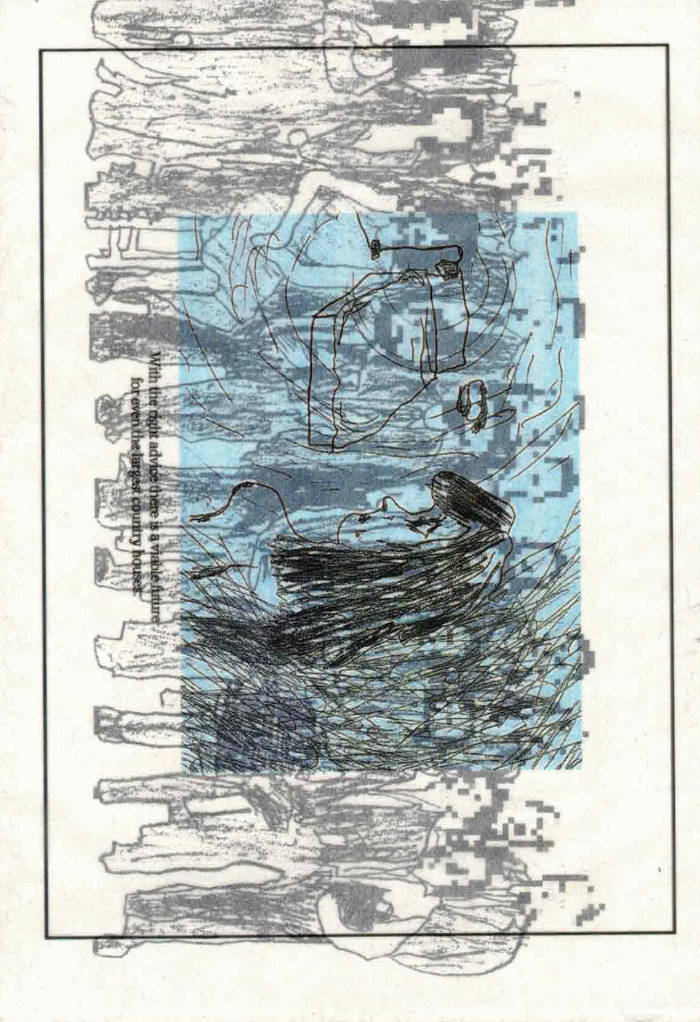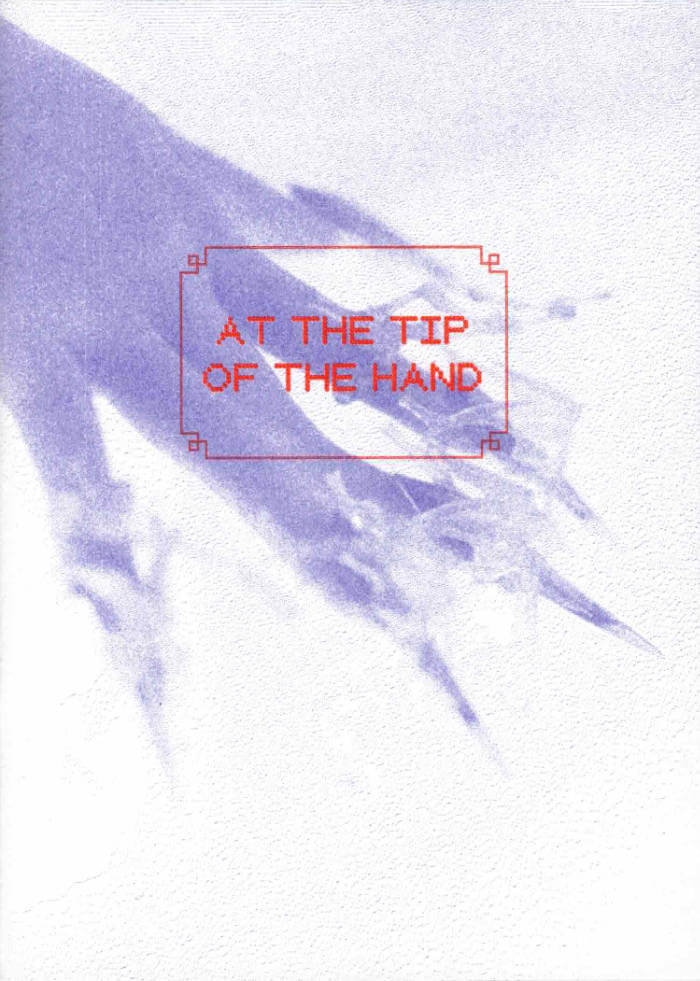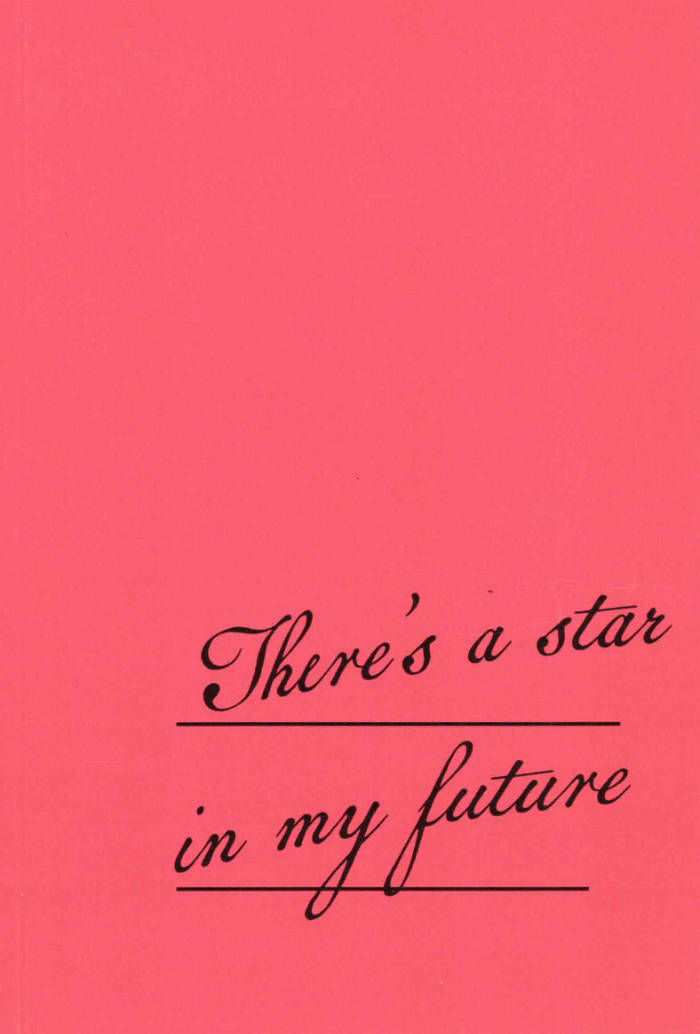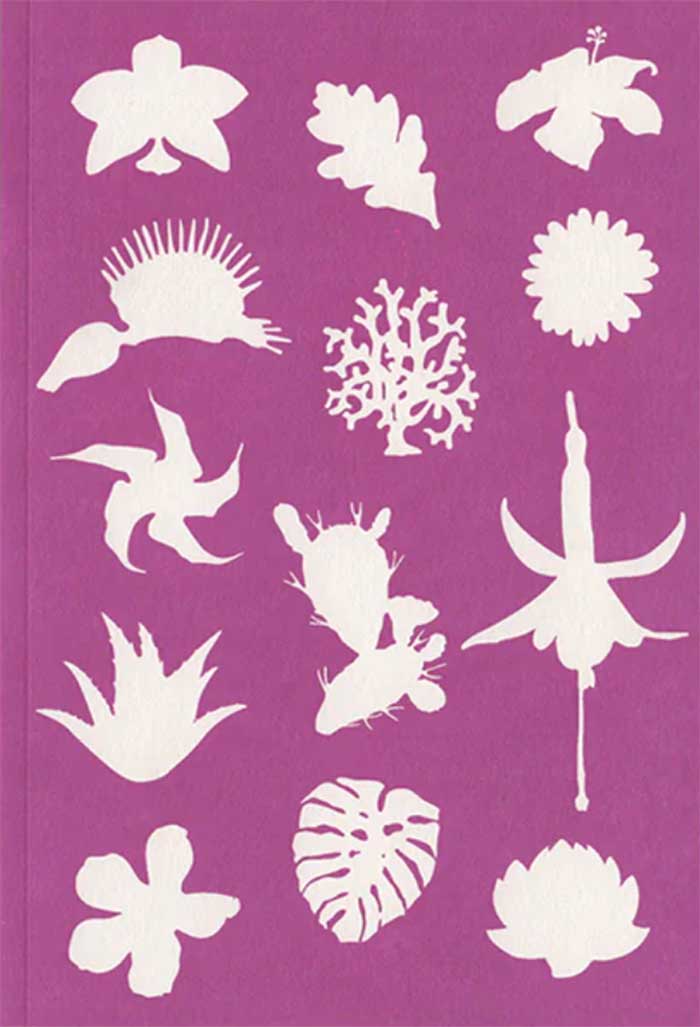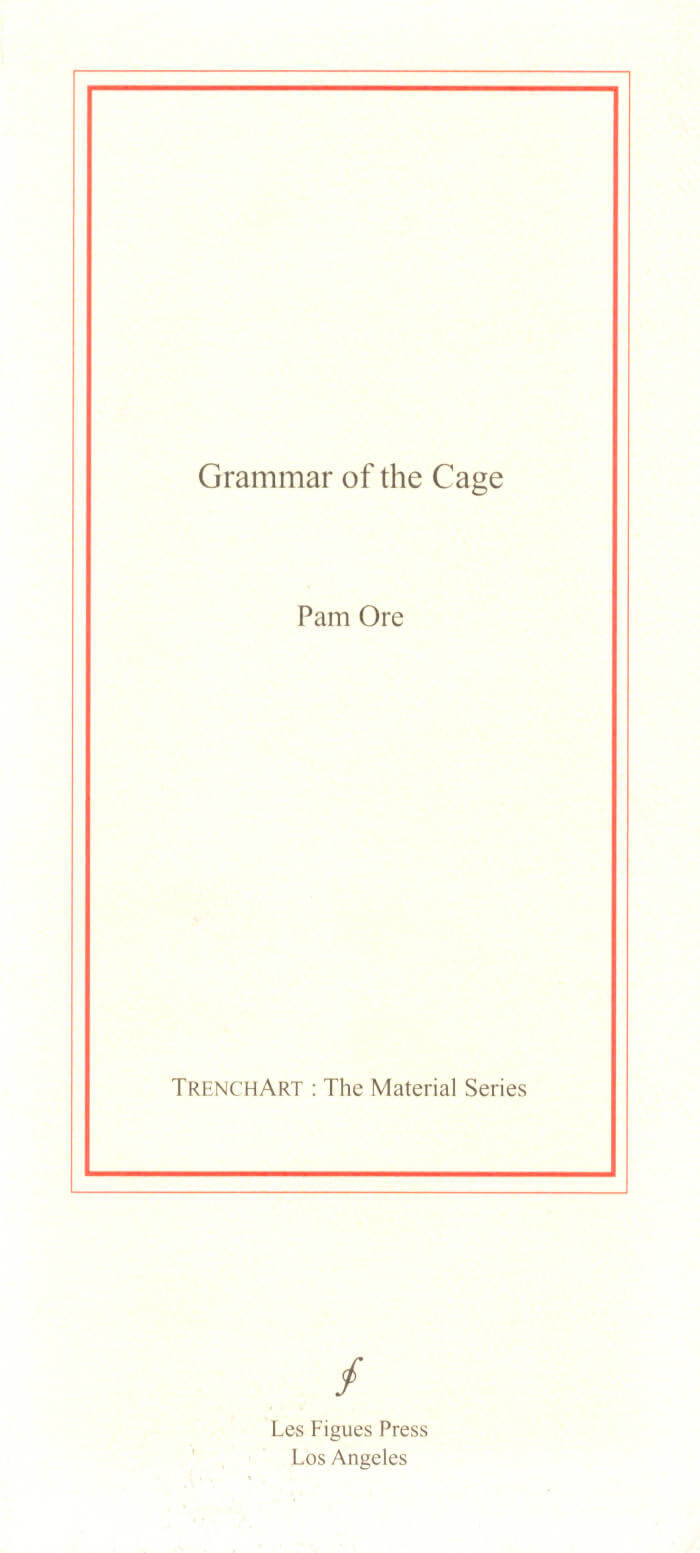
Zoo Index - Reader (volume 1)
Zoo Index Reader examines the relevance and effect that zoos have in shaping our gaze towards non-human animals and by extension ourselves/each other.
Through a mixture of visual research into zoological space—in the form of an A-Z glossary—and written contributions on the history of menageries, the confinement and privatization of land, pets, zoo architecture, the "naturalization" of animals, and the role of zoos and animals in the history of cinema, among many other things, this first volume asks: Do we need zoos? What does a meaningful coexistence with animals look like? Why have we decided to give a balloon to an elephant?
With Terezie Štindlová, jacob lindgren, A+E Collective, Chanelle Adams, John Berger, Andrea Branzi, David Hancocks, Eliot Haworth, Institute for Postnatural Studies, Suzanne van der Lingen, Angelo Renna, Laurel Schwulst, Richard Weller.
Designed by Terezie Štindlová
